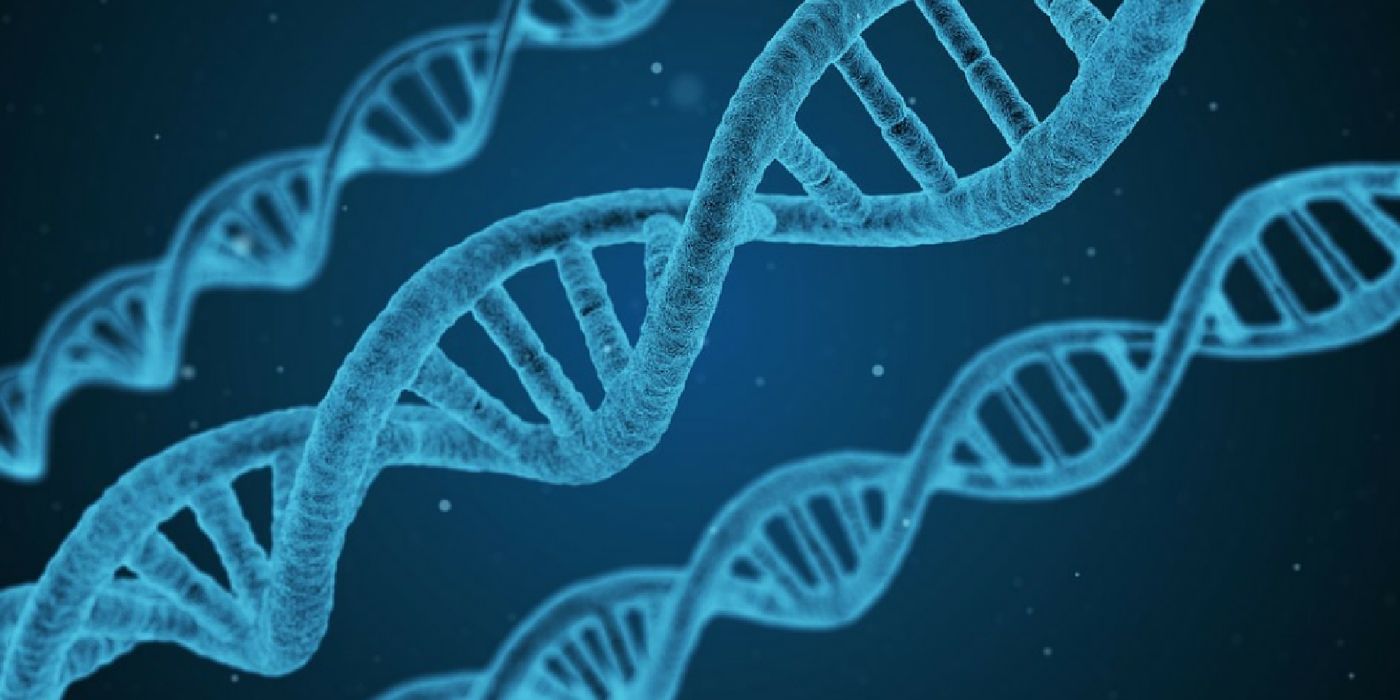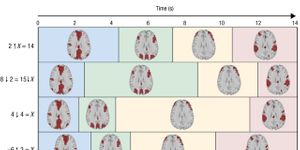Why Working the Graveyard Shift Boosts Cancer Risks
Some people who work the graveyard shift may be compensated more in pay, but scientific evidence suggest passing up on this if you can. Studies have pointed to the night shift as a risk factor for a handful of negative health conditions, including heart disease and cancer. Now, scientists at the Massachusetts Institute of Technology (MIT) find supporting evidence of how exactly shifting the circadian rhythm boosts our cancer risks.
For about 15 percent of Americans (or roughly 15 million people), working through the dark hours of the night is a regular occurrence. Some people say their bodies learn to adapt to staying up at night and sleeping during the day, but research seems to suggest otherwise.
All animals have a built-in circadian rhythm – a biological cycle that responds to environmental stimuli. One of the most important cues that affects the circadian rhythm is daylight. Light stimulates the release of hormones and metabolites that makes us more alert and reactive, increasing our energy and muscle strength. By contrast, darkness stimulates hormones, such as melatonin, that makes us tired and sleepy. When this cycle is disrupted – by traveling to different time zones or by working the graveyard hours – we experience desynchronosis, otherwise known as jet lag. In addition to affecting your sleep-wake cycle, jet lag can also affect your hunger habits and even your bowel habits. Long-term, scientists say this puts people at higher risks for cancer.
In particular, MIT researchers pinpointed two genes that they say function both as circadian rhythm regulators and as tumor suppressors: Bmal1 and Per2. According to the team, disruption of the circadian rhythm alters these genes in the same way as if these genes were knocked out, resulting in cancer risk increase. “It doesn’t matter how you disrupt the clock [deletion or disruption of the circadian rhythm], loss of it seems to drive tumorigenesis,” said Thales Papagiannakopoulos, lead author of the study.
The team went on to study how these changes played out in a mouse model of non-small cell lung cancer. They exposed some mice to normal light/dark schedule and some to a “jet lag” schedule, meaning the mice had extra light exposure compared to normal. Mice on the jet lag scheduled showed faster and more aggressive tumor growth.
“Cells need the light cue, which is like a reset button for the clock. When you lose that cue, you lose the normal rhythms in every cell in your body,” said Papagiannakopoulos.
The accelerated tumorigenesis was similar to if the mice had no functioning Bmal1 and Per2 genes. Indeed, knock-out models exposed to regular light/dark cycles still had more rapid tumor growth.
“If you disrupt these genes in every cell of the body, the light cues that you normally receive do not apply,” said Papagiannakopoulos. “It’s a way of taking a molecular hammer and just breaking this clock.”
They study results offer a biological mechanism behind circadian rhythm dysfunction and cancer risks. “This work is very clear and definitive,” said Joseph Takahashi, chair of the Department of Neuroscience at the University of Texas Southwestern Medical Center and who was not involved in the research. “That’s what we need to really show that the circadian clock may have implications for cancer and tumor progression.”
Additional source: MIT news, MNT









